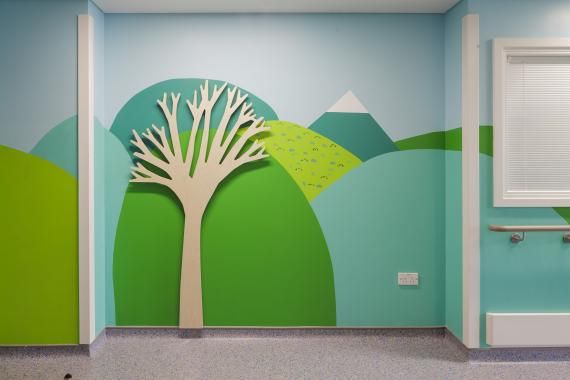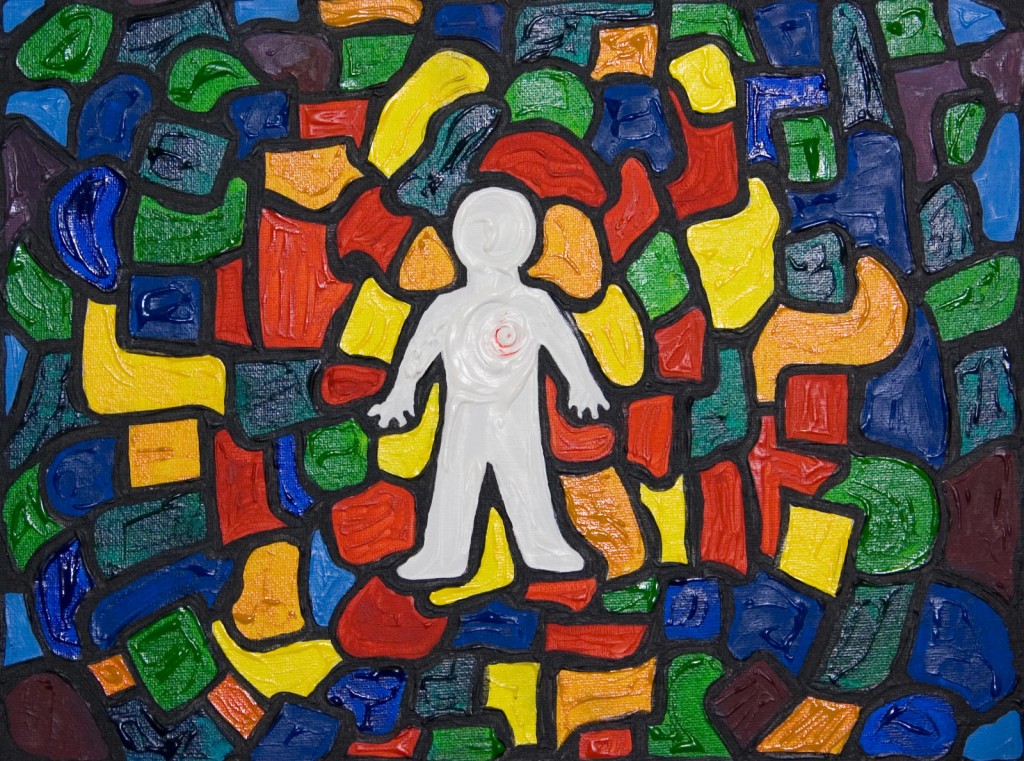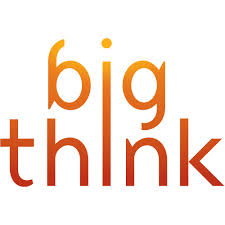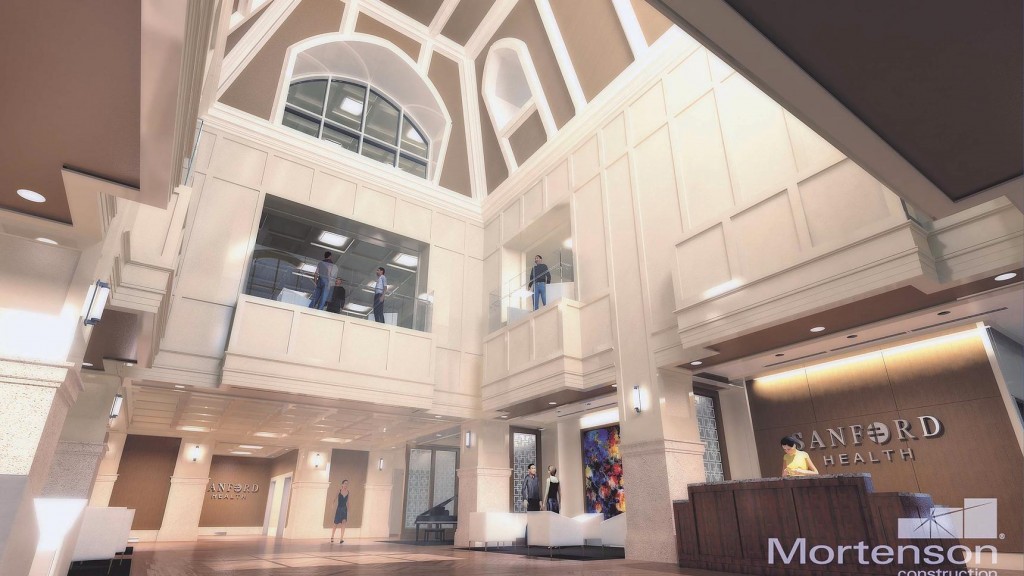
“Studies have demonstrated links between the physical environment and patient outcomes in several areas, according to research cited by the Center for Health Design:
Reducing staff stress and fatigue and increasing effectiveness in delivering care.
Improving patient safety.
Reducing stress and improving outcomes.
Improving overall health quality.”
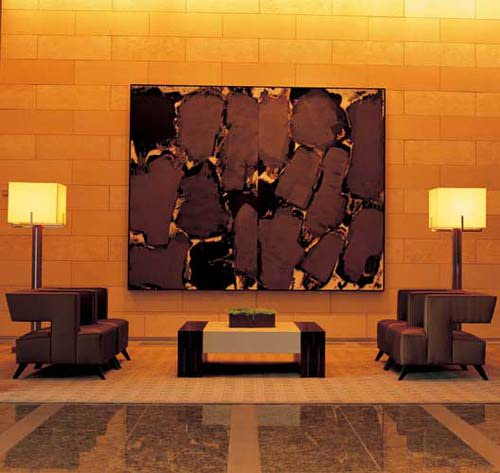
“Shining a spotlight on art and cultural relationships and business provides a better understanding between people of diverse nations. The quest for better communications through the arts help define businesses. By associating with the arts, businesses have discovered that their brands are enhanced and increase their reach and in the end their profitability.”

“This report features award winning new hospital architecture, hospital art and their impact on the health of patients.”
“Research has shown the thoughtful use of colours, lights, art, texture and performing arts in hospitals can aid a person’s recovery, and create a lasting impression to everyone who visits and works there.”
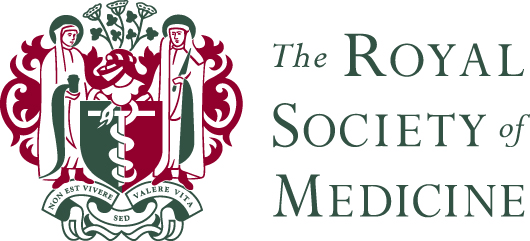
“In 2006 a Department of Health Working Group on Arts and Health reported that the arts have ‘a clear contribution to make and offer major opportunities in the delivery of better health, wellbeing and improved experience for patients, service users and staff alike’.”
“The fact that patients frequently express a preference for landscape and nature scenes is consistent with this observation and with evolutionary psychological theories which predict positive emotional responses to flourishing natural environments.”
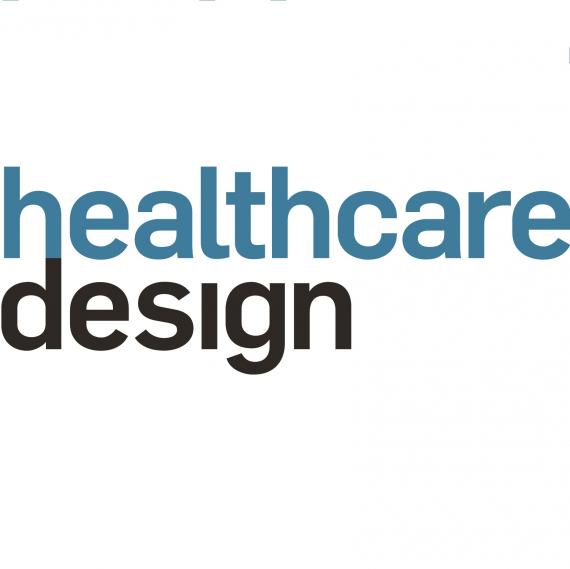
“The benefit of art in healthcare is in the experience of the art. While it may be dismissed by some as merely decoration, decades of research in Europe and the United States concludes otherwise. The role art plays in an overall strategy to produce healing environments has been measured against health and economic outcomes.”

‘”If an art installation gets a patient out of his room or paintings take a person’s mind off their pain and lower their stress levels, the art isn’t just decorative anymore. It’s part of the entire model of care,” said Harris, who oversees a $1.5 million art program, funded entirely by philanthropic donors, that launched last December.’

“More specifically, there is evidence that engagement with artistic activities, either as an observer of the creative efforts of others or as an initiator of one’s own creative efforts, can enhance one’s moods, emotions, and other psychological states as well as have a salient impact on important physiological parameters.”
